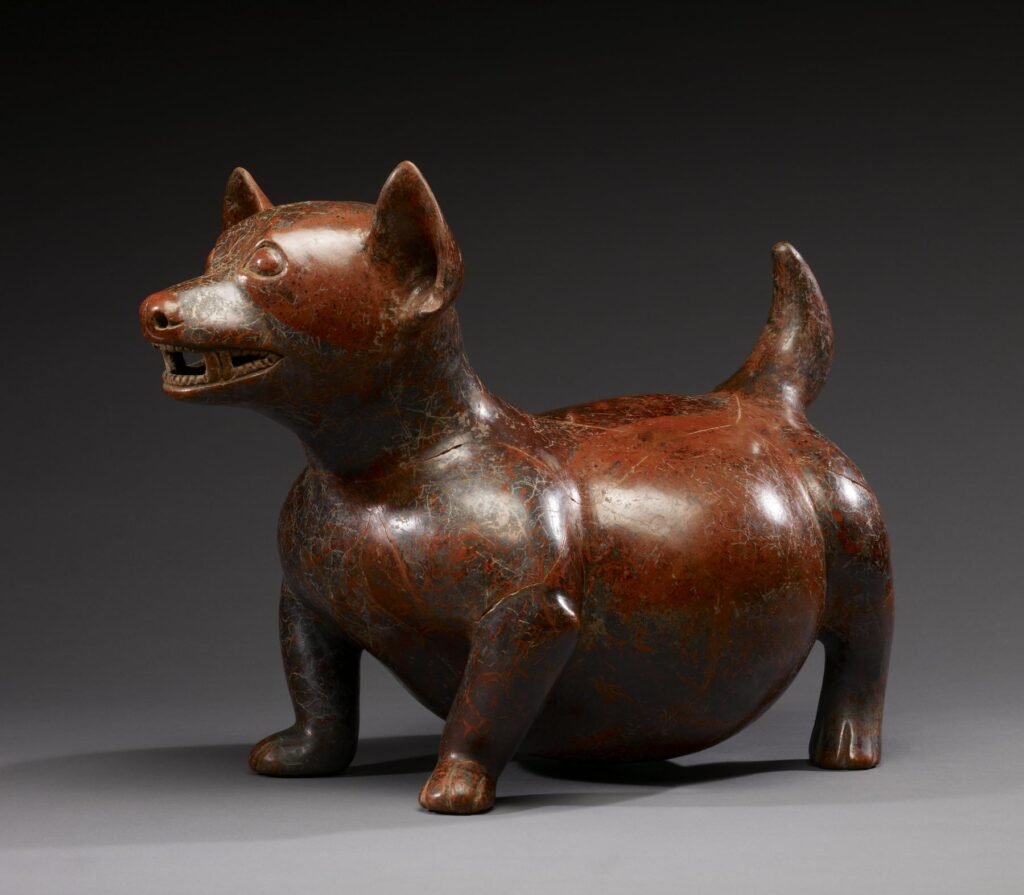Step into the fascinating world of our four-legged ancestors. You might be surprised to learn that dogs have been walking alongside humans in the Americas for far longer than previously imagined. Recent archaeological discoveries have completely transformed our understanding of these ancient canine companions.
The story of American dogs begins thousands of years ago with incredible journeys across frozen landscapes and vast territories. What researchers are uncovering today challenges everything we thought we knew about man’s best friend in the New World. From tiny bone fragments that spent decades mistaken for bear remains to DNA evidence preserved in unexpected places, archaeology is revealing secrets that have been buried for millennia.
The Oldest Dog Bones Tell Ancient Stories
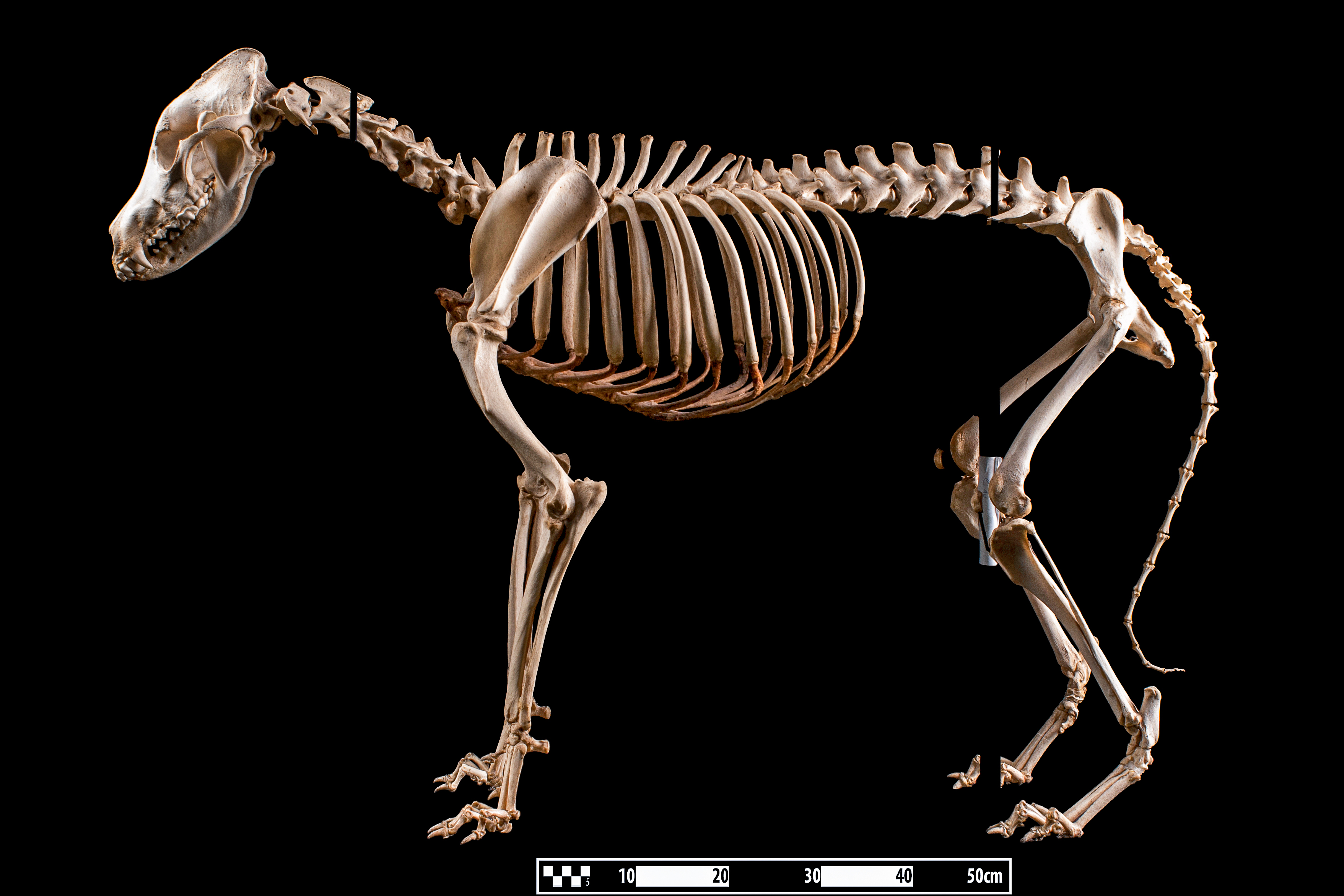
Imagine finding what you think is an ordinary piece of bear bone, only to discover it belongs to the oldest dog yet found in the Americas, dating to about 10,150 years ago. This remarkable discovery happened in Alaska when researchers analyzed a fragment no bigger than a dime.
The bone fragment, cataloged as PP-00128, was originally thought to be from some large mammal that lived in the area thousands of years ago. University of Buffalo geneticist Charlotte Lindqvist was studying what she believed were Ice Age bear bones when DNA analysis revealed something completely different. When Lindqvist and colleagues analyzed the DNA extracted from the bone, they found something very different.
This discovery represents more than just an old bone. The analysis of the oldest domesticated dog remains yet discovered in the Americas, published today in Proceedings of the Royal Society B, not only provides important clues to when dogs first entered the Americas, and the routes they took alongside humans to get here, but it also reinforces the very long and deep bond between people and domesticated dogs.
When Dogs First Crossed Into the New World
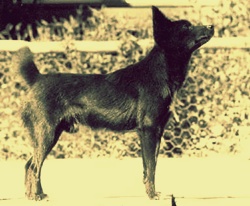
The timing of canine arrival in the Americas has been hotly debated among researchers for decades. Recent findings suggest that dogs likely arrived in the Americas with early human migrations, with evidence pointing to arrival times between 15,000-12,000 years ago. This represents part of ongoing research to better understand the timing of canine arrival in the New World.
Genetic evidence indicates that the earliest American dogs were not descended from North American wolves, but likely originated in Siberia, crossing into the Americas during early human migrations. These ancient Siberian dogs made the treacherous journey alongside their human companions, likely crossing the Bering Land Bridge during the Ice Age.
The relationship between humans and dogs was so intertwined that researchers now understand the movement and locations of ancient dogs are proxies to the movement of people, and vice versa, because our histories are closely linked. Where early humans went, their canine partners followed.
Alaska Reveals the Earliest Human-Dog Partnership
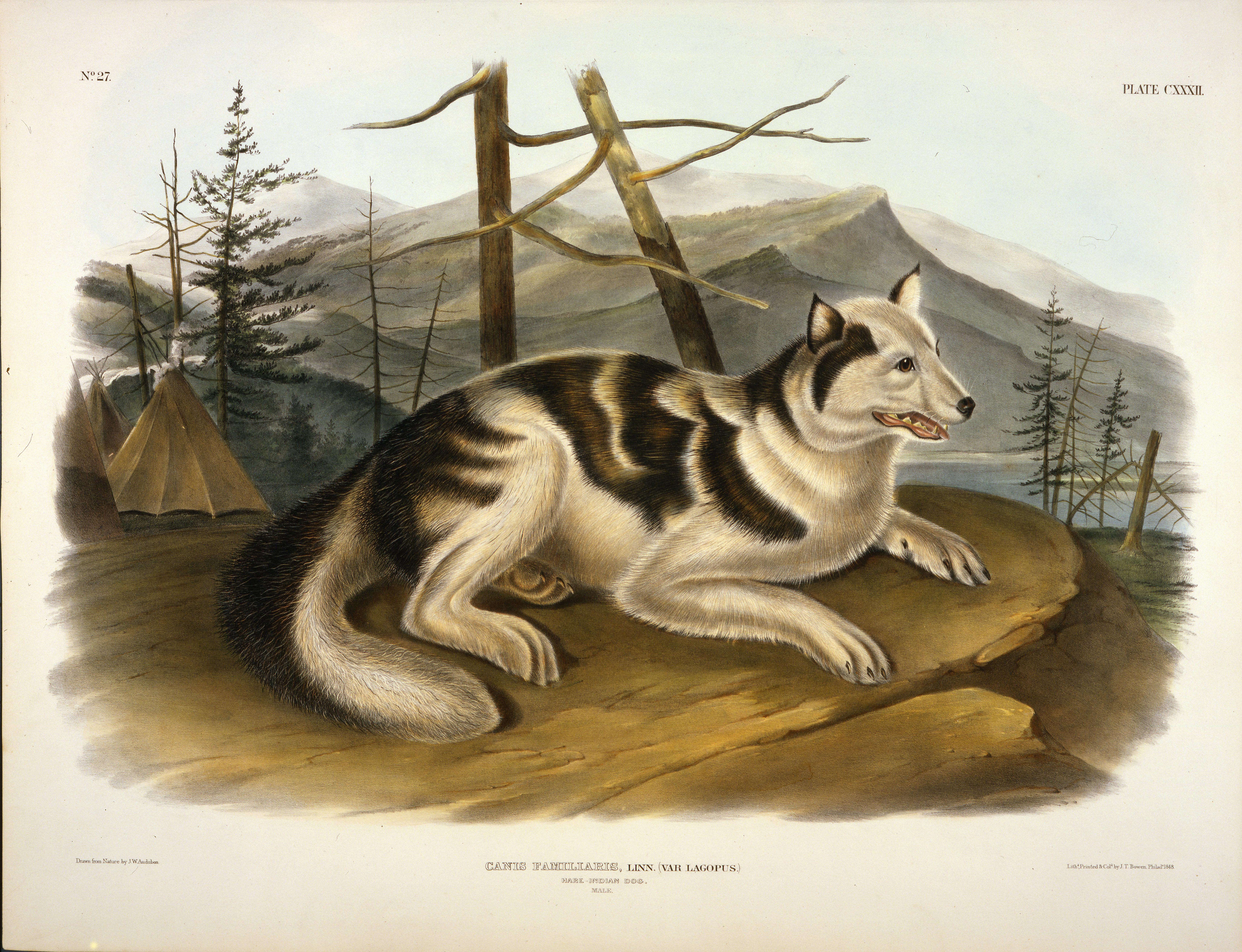
Recent archaeological work in Alaska has uncovered evidence that pushes the human-dog relationship in the Americas back even further. A recent study reveals that the bond between humans and canines in the Americas dates back at least 12,000 years – 2,000 years earlier than previously believed.
The smoking gun came from an unexpected source: salmon proteins found in ancient canine bones. “This is the smoking gun because they’re not really going after salmon in the wild,” explained Ben Potter, an archaeologist at the University of Alaska Fairbanks and co-author of the study. The consistent presence of salmon in the diet of these canines strongly suggests reliance on humans for food, a behavior indicative of domestication or close association.
These discoveries show that early Indigenous peoples and their dogs developed sophisticated partnerships. These findings provide the earliest evidence of close relationships between the ancestors of modern dogs and humans in the Americas. Yet mysteriously, the genetic analysis indicates that these ancient canines are not directly related to modern dog populations.
The Fate of Ancient American Dogs

Perhaps one of the most shocking revelations from recent genetic studies is what happened to these ancient American dog populations after European contact. Comparison of ancient and modern American dog genomes, however, demonstrated that these pre-contact American dogs rapidly disappeared following the arrival of Europeans and left little to no trace in modern American dogs.
This near-complete replacement was devastating to native dog populations. Grimly, the genetic lineage of these ancient dogs was almost annihilated when European colonialists brought over their own dogs just a few centuries ago, killing off the earlier canine arrivals through culls and disease. The scale of this genetic wipeout was far more complete than anyone had previously realized.
However, in a bizarre twist of fate, traces of these ancient dogs survive in an unexpected place. Overall the results indicate that this cancer, now found worldwide, possesses a genome that is the last remaining vestige of the dog population that was once found all across the Americas. “It’s quite incredible to think that possibly the only survivor of a lost dog lineage is a tumour that can spread between dogs as an infection,” added Maire Ní Leathlobhair, co-first author, from the Department of Veterinary Medicine at the University of Cambridge.
Carolina Dogs: Living Links to the Past
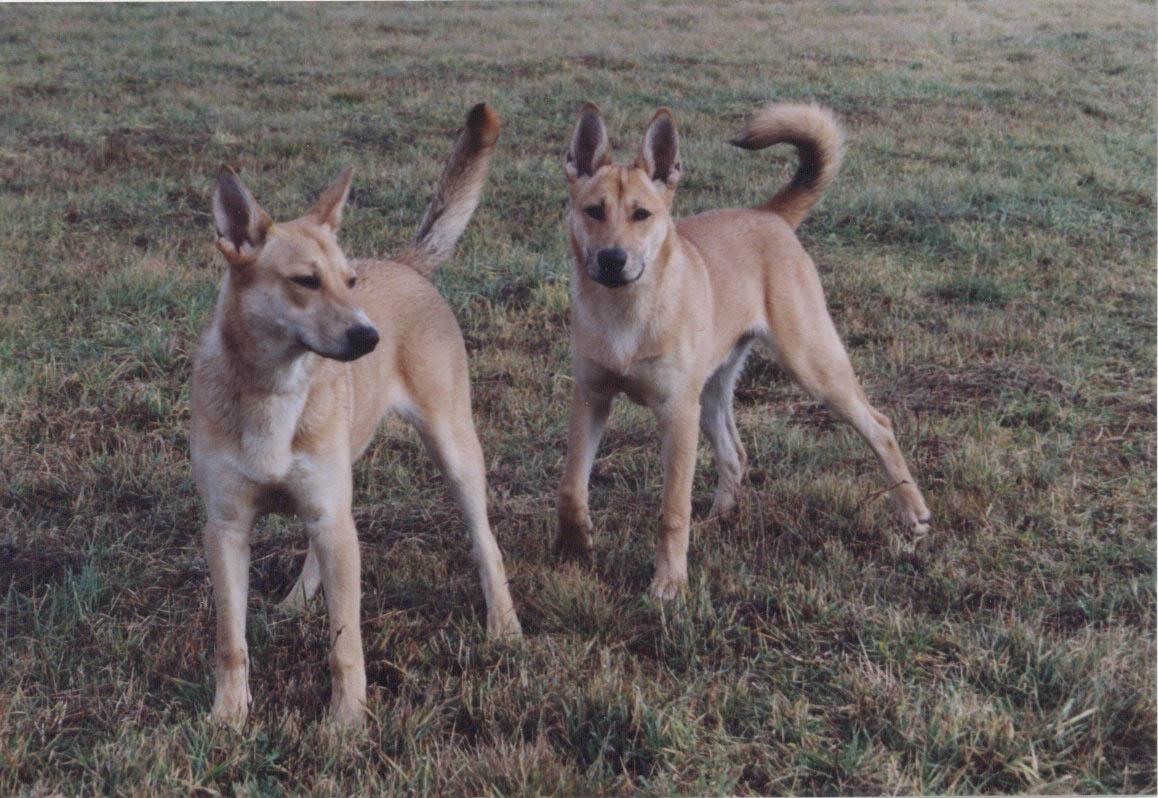
Among modern breeds, the Carolina Dog stands out as potentially carrying genetic traces of ancient American canines. The mtDNA of Carolina dogs contained between 10%–35% pre-Columbian ancestry (mtDNA haplotype A184) that clustered with East Asian dogs. This discovery has sparked intense debate about whether these dogs represent living descendants of pre-contact populations.
These remarkable dogs were first brought to scientific attention in the 1970s when ecologist Dr. I. Lehr Brisbin discovered them living wild in South Carolina’s remote swamplands. The dogs were living in an 310 square mile area managed by the Department of Energy which was closed to the public due to the production of nuclear materials. It is suspected that the remoteness of the area allowed the dogs to avoid inter-mixing with other types of dogs and thus retain their more “ancient” genetics.
However, the genetic picture remains complex. A 2020 study using qpAdm of nuclear SNPs of both main branches of modern dog breeds and ancient (bronze age and neolithic) dog bones found that the Carolina Dog’s SNP content is best decomposed into 36% New Guinea Singing Dog, 62% European, with the rest mainly attributed to the Old World – very little support for Baikal/American contribution. This suggests that even these dogs have been heavily influenced by more recent arrivals.
Mexican Breeds and Their Ancient Heritage

Mexico’s native dog breeds tell fascinating stories of genetic continuity spanning thousands of years. The Chihuahua, the world’s smallest dog breed, carries direct links to pre-Columbian populations. For the Mexican breed Chihuahua, the most frequent haplotype (carried by 5/14 individuals) was A185, which was unique to this breed among the modern dogs. Importantly, this haplotype was also found in one pre-Columbian sample from Mexico (figure 2), suggesting direct ancestry of Chihuahua from ancient Mexican dogs.
The ancient roots of Mexican dogs run deep into Mesoamerican history. Around 1,000 years ago, the Chi’s ancestor was the larger Techichi, which was the breed of choice for the Toltecs. The Aztecs, who conquered the Toltecs in the 12th century, are responsible for refining the Techichi into a smaller, lighter dog. These dogs weren’t just pets; they held profound spiritual significance in ancient Mexican cultures.
The Xoloitzcuintli, Mexico’s hairless dog, represents an even more ancient lineage. Xolos are one of the world’s oldest dog breeds, with archaeological evidence of their existence dating back over 3,000 years. Yet modern genetic analysis reveals that the two modern Mexican breeds, the Chihuahua and Xoloitzcuintli, derive only 4% and 3% of their ancestry from pre-colonial dogs. This shows how even breeds with ancient origins have been significantly influenced by later introductions.
How Ancient Dogs Lived and Worked
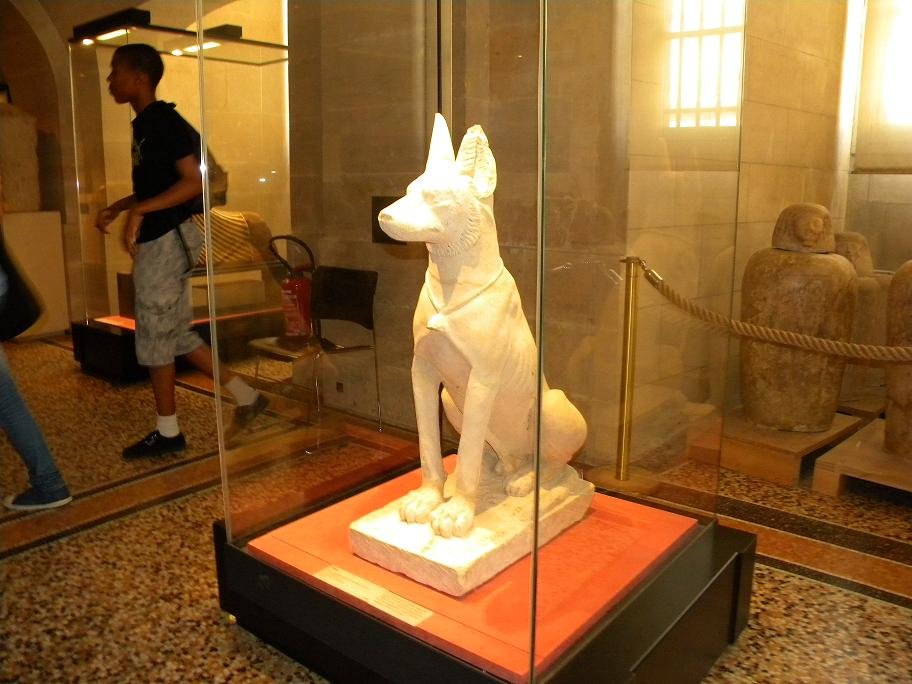
Archaeological evidence reveals that ancient American dogs weren’t simply pets but vital partners in survival. Based on similarities to early Siberian dogs, researchers believe these ancient American canines were somewhat large, perhaps 50 to 60 pounds. “I would expect the dog to have been behaviorally similar to our own dogs, to be well adapted to cold environments, and probably also a participant in hunting, carrying loads, and pulling loads on sleds,” he says.
These dogs served multiple crucial functions in early American societies. She likens dogs to a sort of “Swiss Army knife” for the different purposes they have provided people throughout history – as hunters, guardians, alarm systems, bed warmers, and sources of emotional support. Their versatility made them indispensable companions for people adapting to diverse environments across the Americas.
The close bond between humans and dogs is evident in burial practices. When someone passed away, Xolos were often sacrificed and buried alongside their owners to ensure safe passage to the afterlife. This practice demonstrates how deeply these animals were integrated into spiritual beliefs and daily life of ancient American cultures.
Modern Discoveries Continue to Surprise
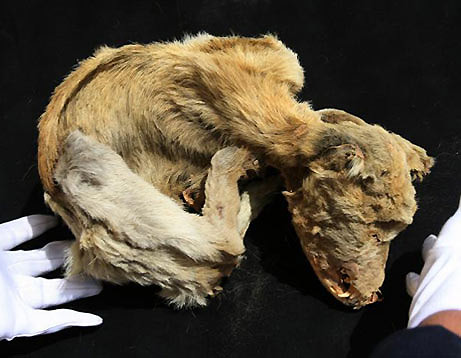
Archaeological techniques continue to revolutionize our understanding of ancient dogs. Cave environments in places like Haida Gwaii provide perfect preservation conditions. Haida Gwaii features a limestone terrain, which the groundwater has eroded into a network of karst caves that are cool, dark, slightly alkaline, and difficult to access: the perfect conditions for preserving animal remains and artifacts.
Recent finds include the oldest reported evidence of domesticated dogs in the Americas from these cave systems. A dog tooth discovered in these caves dates back about 2,000 years – but the presence of a domesticated dog necessarily implies human habitation, pushing back evidence of human occupation in these areas.
Modern DNA analysis techniques now allow researchers to extract genetic information from increasingly tiny samples. “there is a huge treasure trove of data sitting in our storerooms and warehouses,” says Ameen. Given enough time, the vast wilderness of Alaska, through careful archaeological work, will also give up its secrets about the first arrivals of both humans and their canine companions. This suggests many more discoveries await in museum collections worldwide.
The story of ancient American dogs is far from complete. Each new archaeological discovery adds another piece to this complex puzzle, revealing how deeply intertwined human and canine histories have been throughout the Americas. From the icy caves of Alaska to the ancient temples of Mexico, dogs have been our faithful companions for thousands of years.
What strikes me most about these discoveries is how they challenge our assumptions about the past. These weren’t primitive relationships but sophisticated partnerships that helped shape the development of entire civilizations. The next time you look at your dog, remember that you’re continuing a tradition that stretches back over ten thousand years to those first brave souls who crossed into a new world with their four-legged friends by their side.
What do you think about these incredible archaeological revelations? Tell us in the comments.

Hi, I’m Andrew, and I come from India. Experienced content specialist with a passion for writing. My forte includes health and wellness, Travel, Animals, and Nature. A nature nomad, I am obsessed with mountains and love high-altitude trekking. I have been on several Himalayan treks in India including the Everest Base Camp in Nepal, a profound experience.

